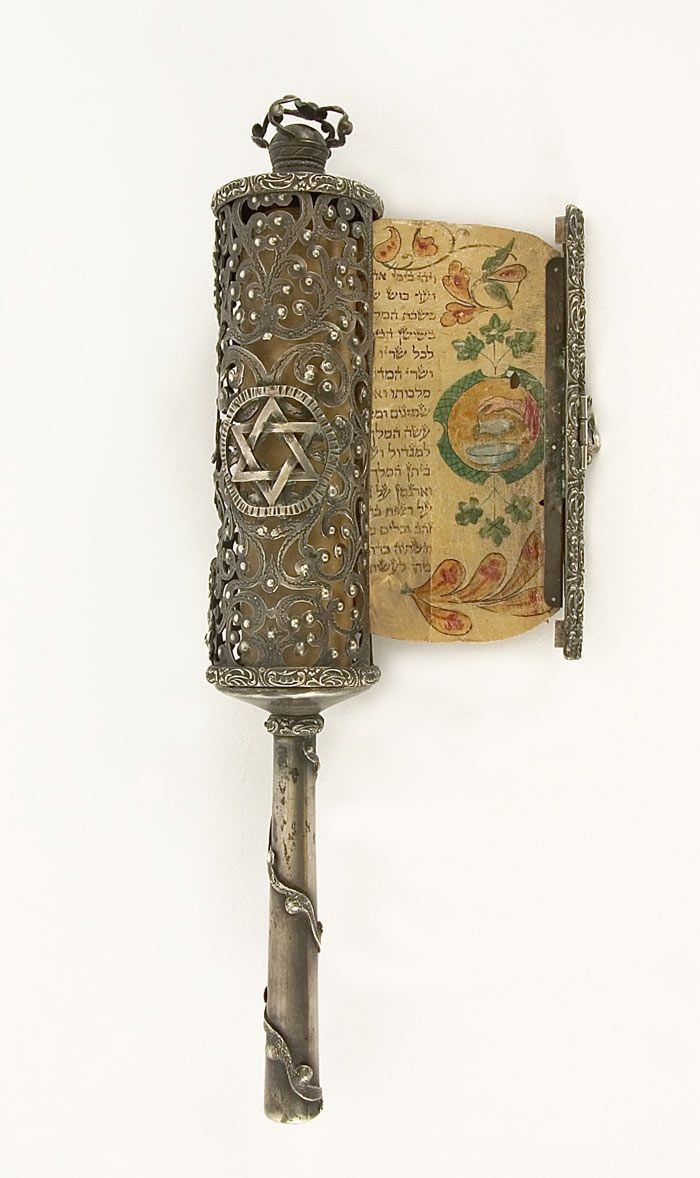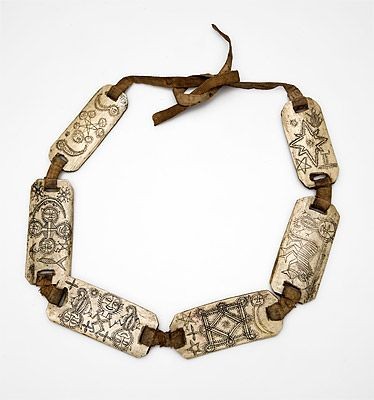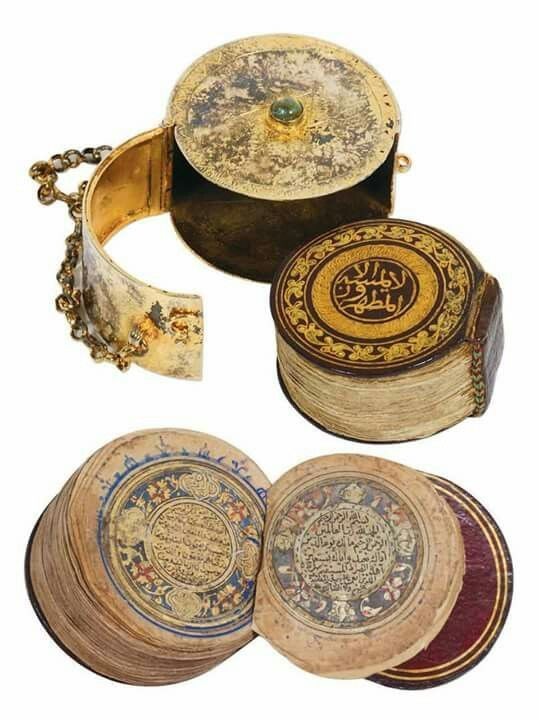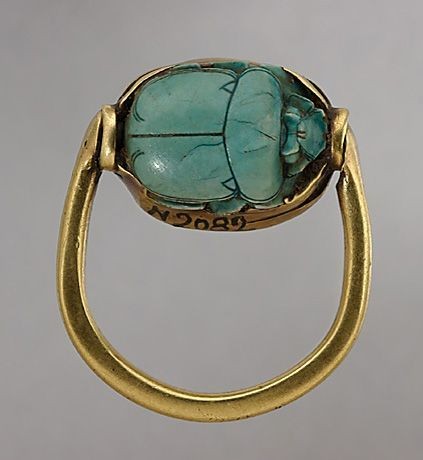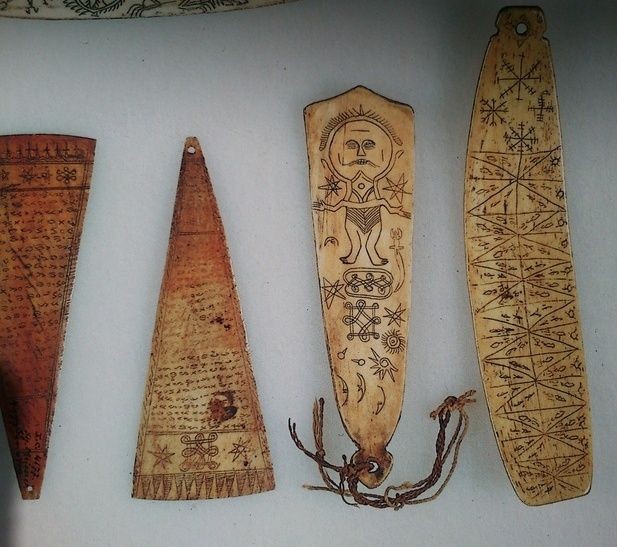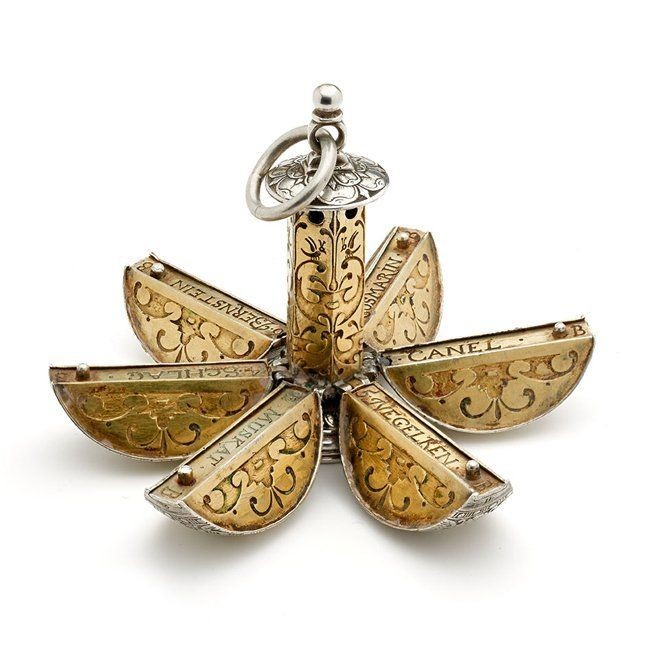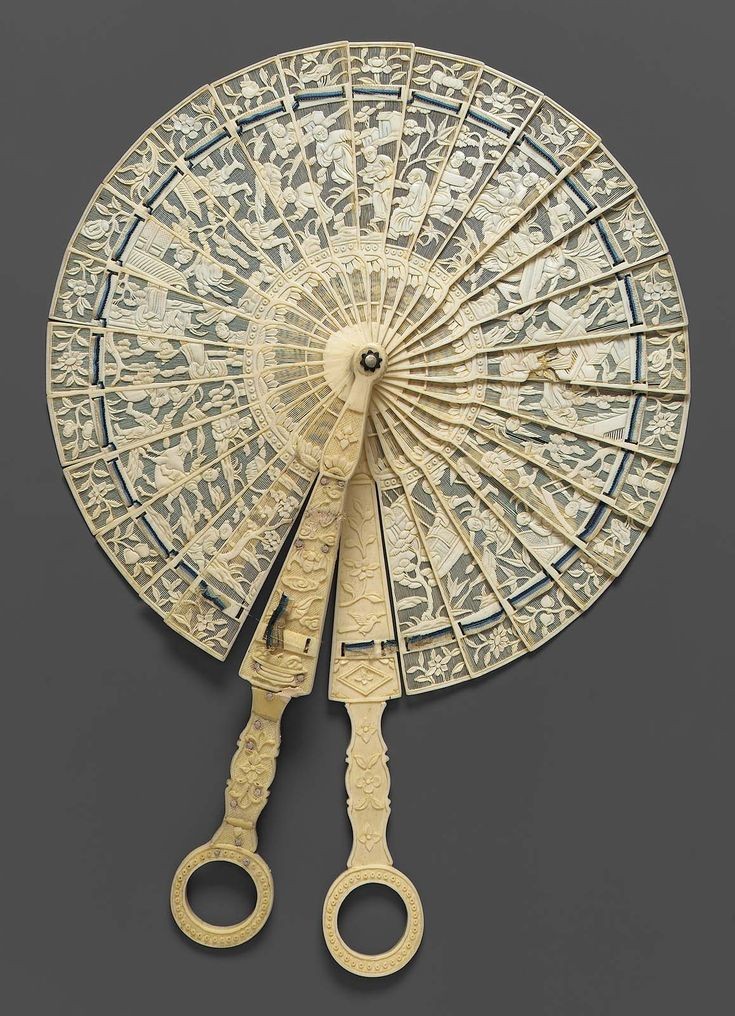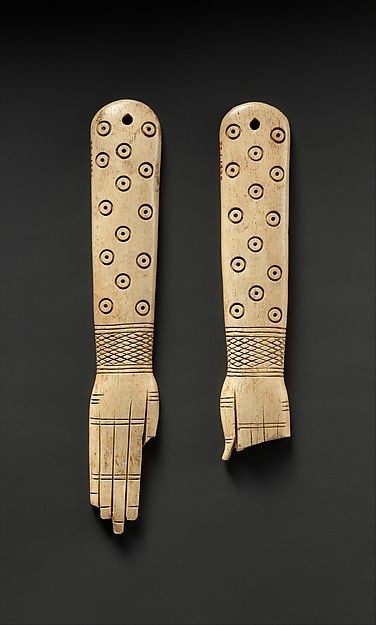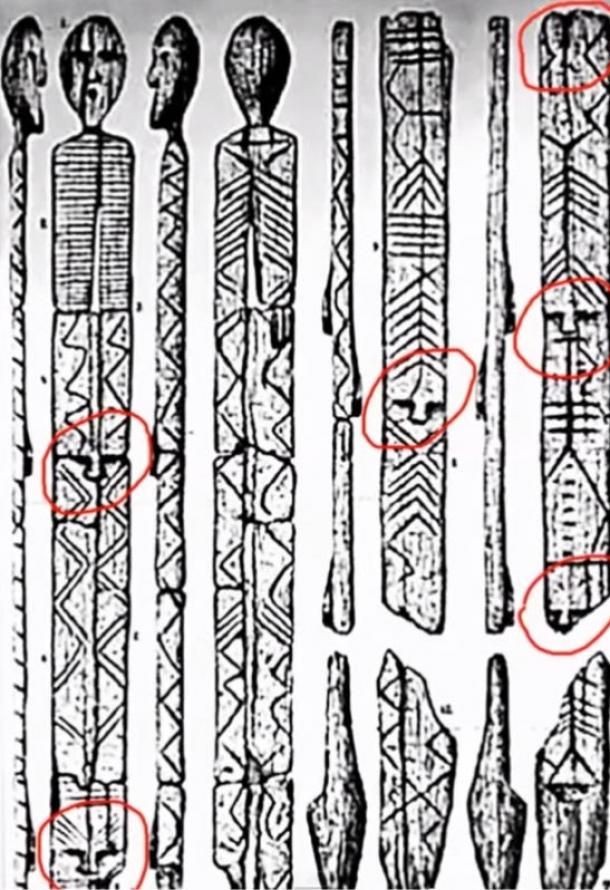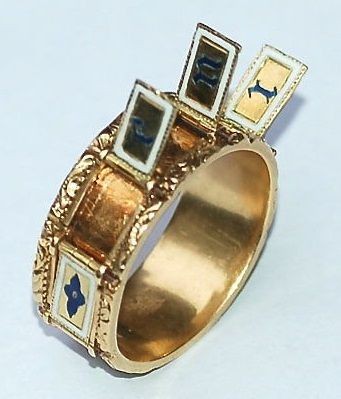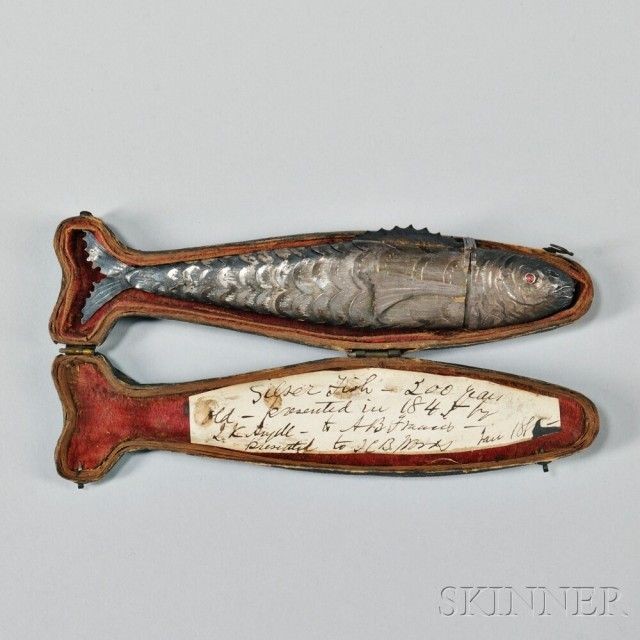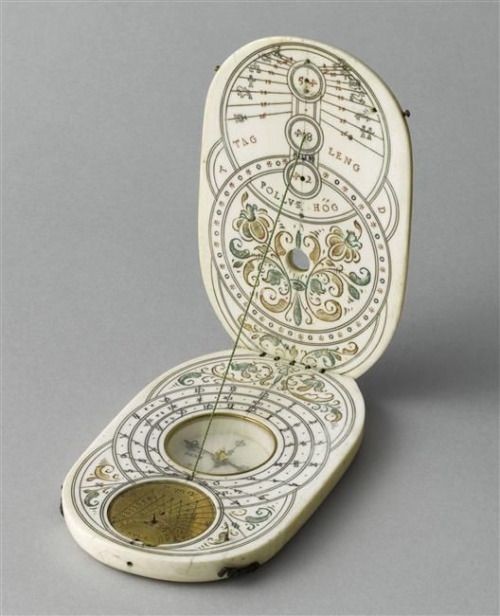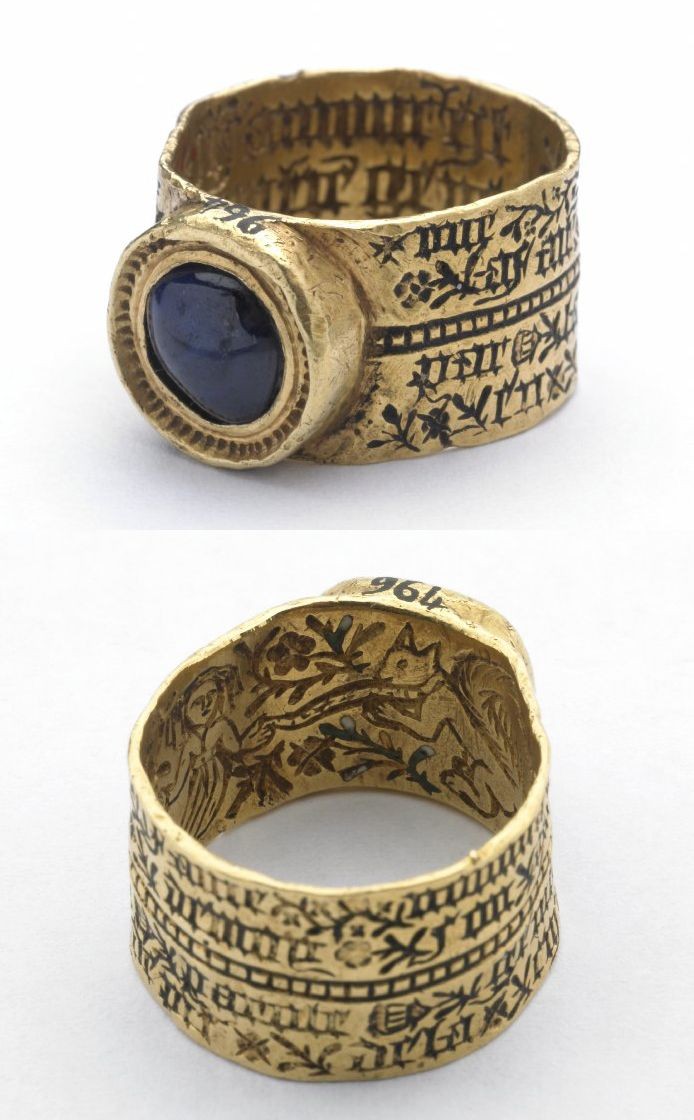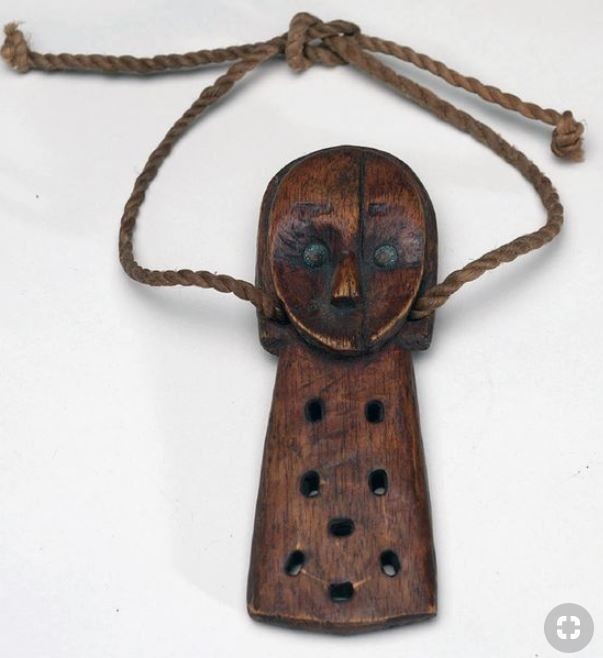Until now, we thought that the oldest art in the world was the paintings of early humans in the caves of France and Spain.
The theoretical foundations of art in Iranian culture,
the conceptualization of the word art in the Avesta and Pahlavi texts
of the theoretical past of our culture does not show the definition of art in the analytical dictionary or, for example, the approach that exists in logical definitions (such as the discovery of sex and season in an object that defines limits they create or discover gender and width which are the origin of official definitions) like the western culture, have been paid attention and analyzed. For example, Plato’s effort in his treatise Kratolus (a treatise on the root of words) almost 2400 years ago:
“Socrates: One of them is the word art, which we must clarify its original meaning.
Hermogenes: That’s right.
Socrates: If you move some of its words… wouldn’t it mean “having wisdom”?
Hermogenes: Socrates, you have given a strange justification.
Socrates: My friend, don’t you know that some people changed the first names because they thought that they would add to their beauty? They added new letters to some of them, and in some of them they moved the letters or cut letters from it. They were the ones who considered the beauty of the appearance superior to the truth, and with the passage of time, they changed the words in such a way that today no one can understand their true meaning…” and other vast efforts in the context of the theoretical history of the West from that time to Wittgenstein’s theory of family resemblances. and George Dickey’s institutional theory in the last decades of the 20th century.
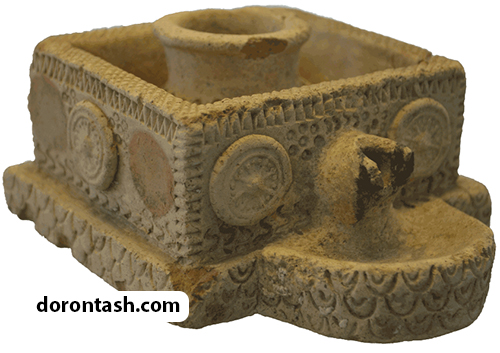 But with the dating of Indonesian paintings, this belief is changing. These paintings are located on the island of Sulawesi, Indonesia. The paintings consist of a number of hands created like a stencil by placing the hand on the wall and sprinkling paint on the hand. Other paintings show animals in motion.
But with the dating of Indonesian paintings, this belief is changing. These paintings are located on the island of Sulawesi, Indonesia. The paintings consist of a number of hands created like a stencil by placing the hand on the wall and sprinkling paint on the hand. Other paintings show animals in motion.
According to a research report published in the journal Nature, using uranium-thorium dating, it has been determined that the minimum age of these paintings is 399,000 years, which is two thousand years older than the paintings of caves in France and Spain.
10 tablets inscribed with slash images were recently discovered in Britain and are said to be the oldest examples of human art and can provide us with a lot of information about ancient European civilizations. These strange stone tablets may be between 14 and 23 thousand years old, which will now open our eyes to the creations of the ancient world.
video of The oldest arts in the world
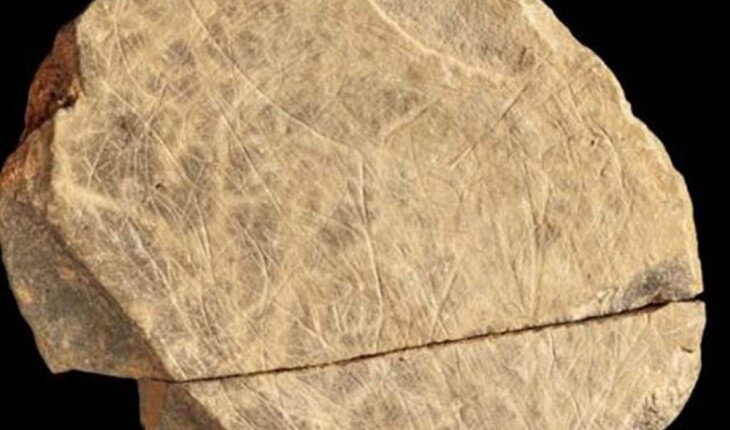
A stone tablet inscribed with the geometric art of the Magdalenians, an Ice Age people who lived in Europe.
The Magdalenians, a hunter-gatherer community living in Europe at the end of the Ice Age, are now known to be the owners of the oldest human artefacts found in Britain. Smithsonian Magazine writes: “The Magdalenian settlements and their territory extended to the northwest of Britain, but this is the first time that we have found works of art from that period in the British Isles.”
An area called Les Varins on the island of Jersey, where an ancient settlement and pavement may have been located, was excavated from 2014 to 2018. Then, experts from the Natural History Museum of London, Newcastle University and York University put the obtained evidence under the microscope and now they have reached some promising answers.
Goddess Barakat Ram, the oldest work of art in the world The oldest arts in the world
Perhaps if you look at this small piece of volcanic rock with the naked eye, you will imagine that this object is just a piece of stone that closely resembles the figure of a woman. But if you look at this ancient stone with a microscope, you will notice subtle grooves on it. Grooves made by prehistoric stone tools. This figure is the oldest work of art in the world made by man. This work of art is called Venus of Berekhat Ram and it resembles the body of a female person. In the rest of this article, join Eli Gesht.
The discovery of the world’s oldest work of art has shocked the world. This ancient statue, which the goddess Barakat named Ram, initially caused a lot of division and differences among archaeologists and prominent anthropologists in the world. After the discovery of this figure, many experts thought that this object is just a piece of stone that has been eroded into the shape of an ancient woman. This is while some other experts considered it a work of art and created by the creativity of a primitive human.
But the discovery of the second statue similar to this figure, named “Goddess of Tintin” in Morocco, again forced scientists to resume their studies. In the end, they realized that these sculptures are the world’s oldest works of art ever created by humans. In fact, Barakat Ram goddess is the oldest and Tin Tin goddess is the second ancient art work that has been discovered. Scientists have estimated the age of this piece of art between 230,000 and 700,000 years ago. This history is even older than Neanderthals. Probably, this object was made by a primitive human who may not have any similarity with modern humans in terms of appearance.
The discovery of the oldest work of art in the world The oldest arts in the world
The body of the goddess Barakat Ram was found in 1981 during an archeological excavation on the shores of Barakat Ram or Lake Ram in the Golan Heights between Syria and occupied Palestine. This piece of ancient stone was attached to a rock. Apparently, when the volcano erupts and the rocks soften, this piece of rock, shaped by sharp stone tools, is stuck to this rock. Perhaps it is because of this adhesion that scientists initially thought that natural factors and erosion made this stone look like this.
The oldest artwork in the world is about 3.5 cm long and it can be seen at least three grooves and cuts made by a pointed stone object. One of these cuts is a deep groove that starts from the waist and ends at the neck. while other grooves have created the lower body of this person. Interestingly, after all these years, the shape of a woman’s freckles can still be clearly seen in this piece of stone. This figure was discovered between two layers of volcanic ash. The age of the upper layer goes back to 230 thousand years before Christ, while the age of the lower layer is estimated to be 700 thousand years ago. This indicates that Goddess Ram has shaved off the blessings in between these mentioned years.
Just after the discovery of the world’s oldest work of art, the Goddess Barakat Ram, another statue of the same shape was discovered in Morocco. This figure is called the Venus of Tan-Tan. This ancient piece was found between two historical layers. The first layer was 200,000 years old and the bottom layer was about 500,000 years old. Tintin goddess is the second oldest human-made art work in the world.
Of course, they could not produce sounds like us and talk to each other, and instead, they produced sounds like chimpanzees.
The paleontologists of the world are still debating whether the Barakat Ram and Tan Tan goddesses were created due to natural factors such as erosion, or whether they were created by the artist of a primitive human. But apart from these works, there are other evidences of art from that era. Bhimbetka petroglyphs in Madhya Pradesh in India can be mentioned as dating back between 290 thousand and 700 thousand years ago. However, outstanding and convincing examples of human-made artworks from before the emergence of modern humans around 50,000 years ago have not yet been found.

Map of the territory of the Magdalenians in Europe from 10 to 17 thousand years ago.
What appear to be Magdalenian slashes are actually their geometric carvings. “They were artists,” says Dr Sylvia Bello of the Natural History Museum in London. Now I don’t want to say that their work was great, but they were very creative.”
What did these ancient people want to see on their stone “plates”? According to the Smithsonian Magazine, these pieces “have smooth lines drawn parallel to each other with continuous arcuate incisions.” It is believed that all the carvings were the work of one person, which indicates their more concentrated efforts in the field of art.
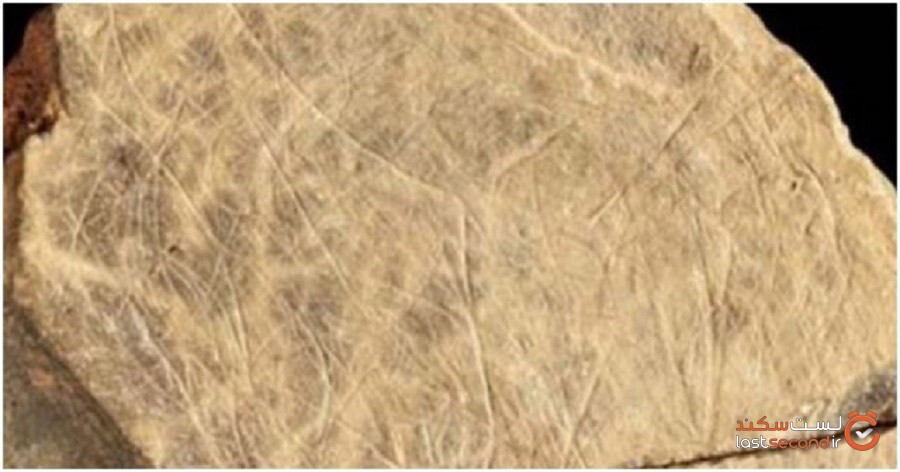
A close-up image of the oldest human art engravings.
Some of the interpretations presented for these roles describe the appearance of the motifs. Durham University archaeologist Professor Paul Pettit believes that “these are most likely descriptions of herbivores such as wild cattle, deer and mammoths, which were preyed upon by the Magdalenians”. But like any other art, the final impression is up to the viewer.
This group of archaeologists, which includes other institutions such as the University of St. Andrews and the UCL Institute of Archaeology, writes that “among the last Magdalenians of the late Paleolithic era, such depictions as cave art, stone carving, bone and deer antlers. And decoration of tools and weapons became popular. Similar engravings have been found in France, Spain and Germany.
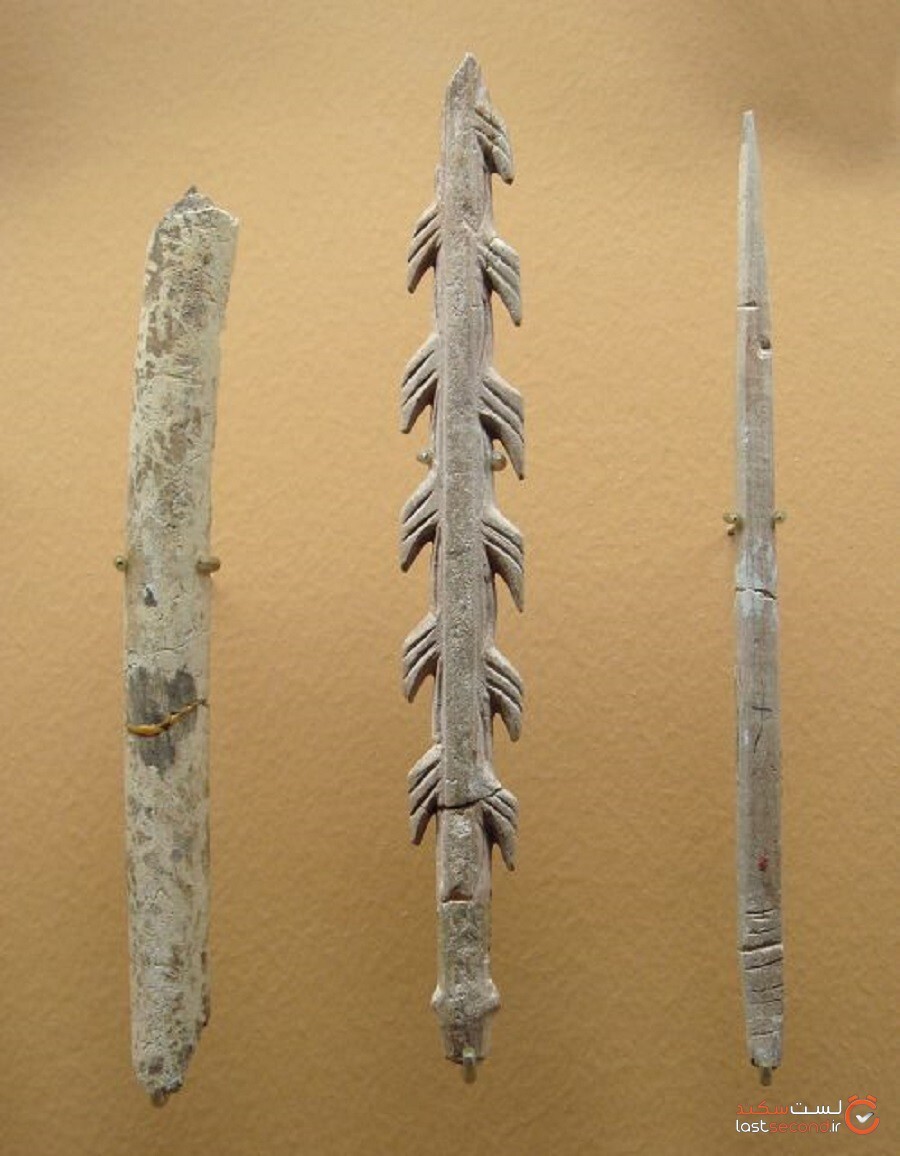
Tools used by prehistoric Magdalenians.
Objects such as work tools and weapons were also made of deer bones and horns. Earlier and at the beginning of the age of art, color was added to the works with red soil and charcoal.
While Dr. Blue considers such findings as “potential and possible artistic expressions” in general, he rightly emphasizes that this case cannot be counted among our mistakes regarding human artistic identity. Yes, it’s highly unlikely that this team is just looking at something like an ancient butcher’s stick, anyway. But as he notes in a statement from the Natural History Museum, “These curved, concentric designs appear to have been made with layered or repeated cuts, suggesting that the stones were unlikely to have been used for a practical purpose. »
The BBC quoted Dr. Chantal Conneller of the University of Newcastle as saying: “Making carved objects in new settlements may have been a way of establishing symbolic relationships with new places.” The unclear engraving quality of these stone tablets also indicates that their use was temporary and the act itself was considered more important than the result. As if they were not designed for permanent and eternal display.
Maybe many people don’t know much about art, but as they used to say, people always know what they like. Will these Magdalenian tablets cause a stir among art circles? It is unlikely; However, these tablets have been able to show us the imagination of the ancient hunters of the world. The oldest arts of the world.
Some examples of the oldest arts in the world


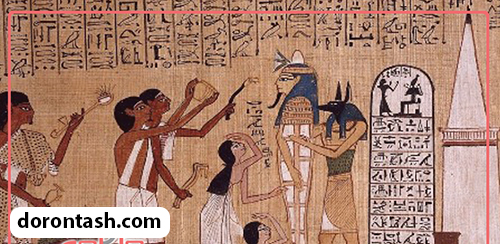
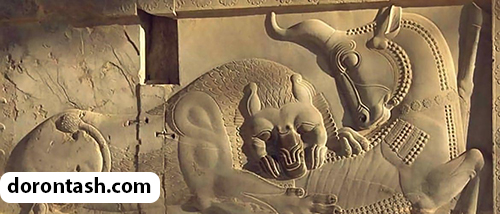
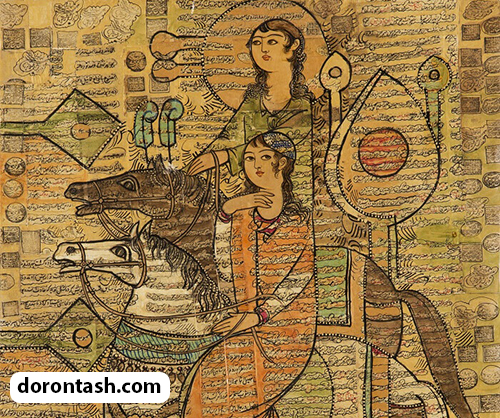
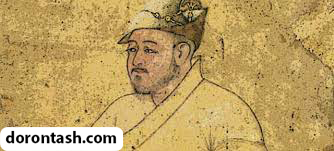




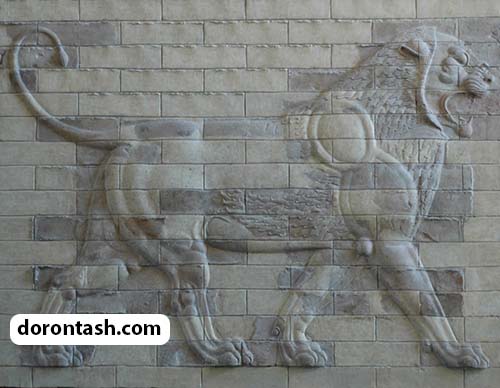
photo of The oldest arts in the world
